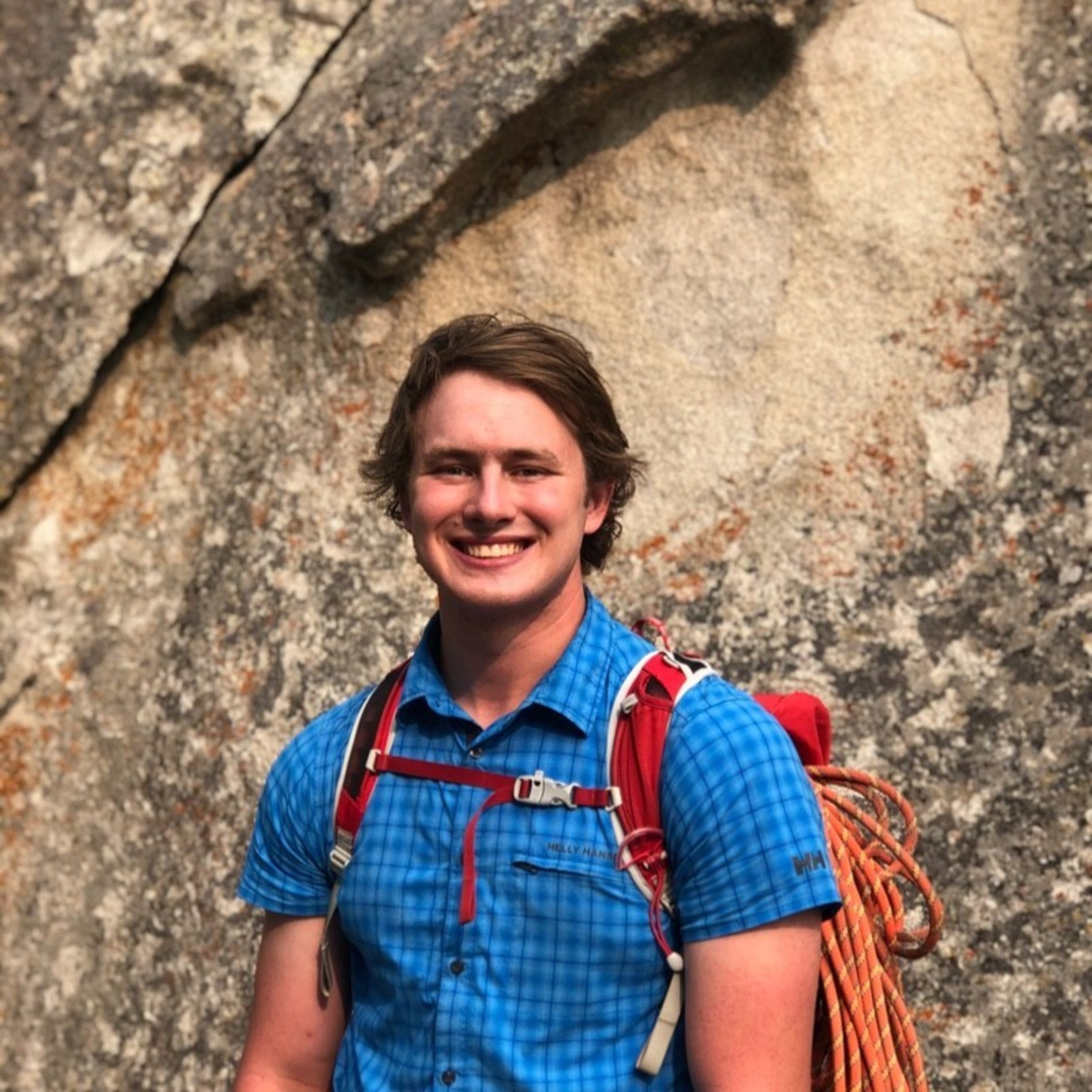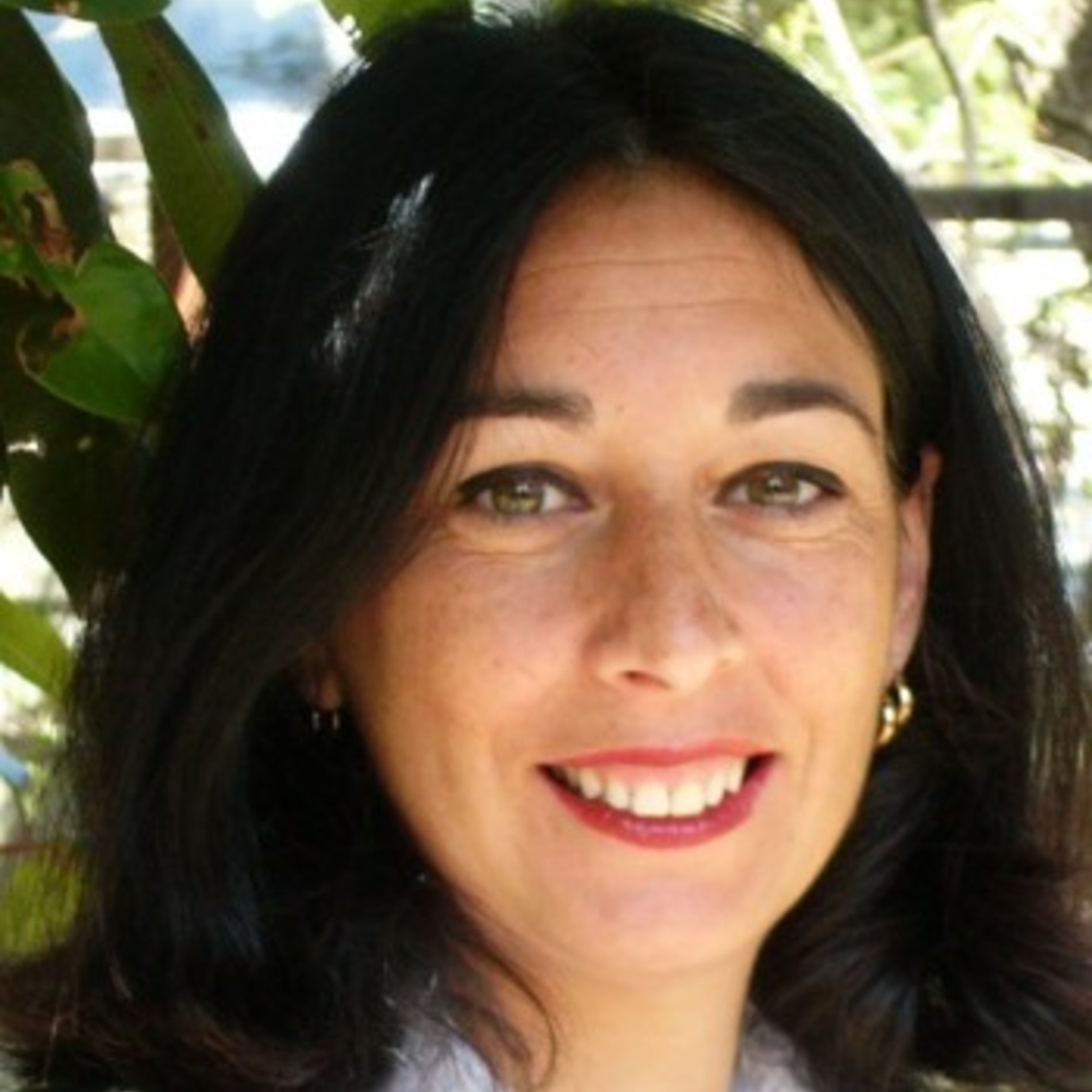Earth Processes and Rock Properties

Earth Processes and Rock Properties
Studying rock physics and chemistry serves as the bedrock of our comprehension of Earth — encompassing the materials comprising it, the properties derived from its structure, and the ongoing processes that cyclically exchange energy and matter across various environments. Our research zeroes in on analyzing how rock properties respond to processes occurring within the Earth’s crust. These encompass chemical, mechanical, and thermal stimuli replicated in laboratory settings, aimed at mimicking the solid-fluid interactions perpetually shaping the evolution of our planet.
Seals in Hydrothermal Systems

Tiziana Vanorio
Faculty
The strain energy stored by a geological seal of a hydrothermal system of a caldera depends on the exerted stress and the strain induced in the surrounding rocks. This strain, in turn, depends on the physical and mechanical properties of the rock. We are studying how the micro- or nano-structure influence stiffness, strength and mode of failure.
Cementation: Crustal Healing and Sealing

Cementation is an important element of lithification. Although cement constitutes the least mineral phase in a rock, cementitious phases can be compared to the hinges joining the elements of a scaffolding structure. Despite hinges are fewer than the number of the connecting elements, they determine the overall load-carrying capacity the structure. We are studying how cementation processes, interfacial bonding of mineral phases, and arrangement control the rock’s mechanical response.
Geophysical Signatures of Fluid Injection

Jaehong Chung Graduate Student
Jacob Long Graduate Student
Geophysical methods provide the means for remotely probing the Earth’s subsurface. Changes are only indirectly inferred and never directly measured from a rock physics perspective. There is the need to observe, detect and analyze the acoustic signatures of fluids accumulating in and moving through the subsurface. We are building a laboratory analog of a sealed hydrothermal system with the goal of building knowledge that helps the diagnostic of processes occurring in hydrothermal systems within calderas.
Related Publications
- Macente, A., Vanorio, T., Miller, K., Fusseis, F., & Buttler, I. (2019). Dynamic Imaging and Evolution of Permeability in Response to Chemo-Mechanical Compaction. J. GEOPHYS. RES. SOLID EARTH. https://doi-org.stanford.idm.oclc.org/10.1029/2019JB017750
- Head, D., Vanorio, T., & Clark, A. (2018). Elastic Softening of Limestone Upon Decarbonation with Episodic CO2 Release. J. GEOPHYS. RES. SOLID EARTH, 123(9). https://agupubs-onlinelibrary-wiley-com.stanford.idm.oclc.org/doi/full/10.1029/2018JB015733
- Jackson, M., Gudmundsson, M., Bach, W., Cappelletti, P., Coleman, N., Ivarsson, M., Jónasson, K., Jørgensen, S., Marteinsson, V., McPhie, J., Moore, J., Nielson, D., Rhodes, J., Rispoli, C., Schiffman, P., Stefánsson, A., Türke, A., Vanorio, T., Weisenberger, T., White, J., Zierenberg, R., & Zimanowski, B. (2015). Time-lapse characterization of hydrothermal seawater and microbial interactions with basaltic tephra at Surtsey Volcano. SCI. DRILL, 20, 51-58. http://www.sci-dril.net/20/51/2015/
- Vanorio, T., & Kanitpanyacharoen, W. (2015). Rock Physics of Fibrous Rocks Akin to Roman Concrete Explains Uplifts at Campi Flegrei Caldera. SCIENCE, 349(6248), 617-621. https://science.sciencemag.org/content/349/6248.cover-expansion
- Vanorio, T. (2015). Recent Advances in Time-Lapse, Laboratory Rock Physics For The Characterization and Monitoring of Fluid-Rock Interactions. GEOPHYSICS, 80(2), WA49-WA59. http://library.seg.org/doi/pdf/10.1190/geo2014-0202.1
- De Matteis, R., Vanorio, T., Zollo, A., Ciuffi, S., Fiordelisi, A., & Spinelli, E. (2008). Three-dimensional tomography and rock properties of the Larderello-Travale geothermal area. PHYS. EARTH PLANET. INTER., 168, 37-48. http://dx.doi.org/10.1016/j.pepi.2008.04.019
- Vanorio, T., Virieux, J., Capuano, P., & Russo, G. (2005). 3-D Seismic Tomography from P- and S- Microearthquake Traveltimes and Rock Physics Characterization in the Campi Flegrei Caldera. J. GEOPHYS. RES. SOLID EARTH., 110, 201. https://agupubs.onlinelibrary.wiley.com/doi/abs/10.1029/2004JB003102
Related People




